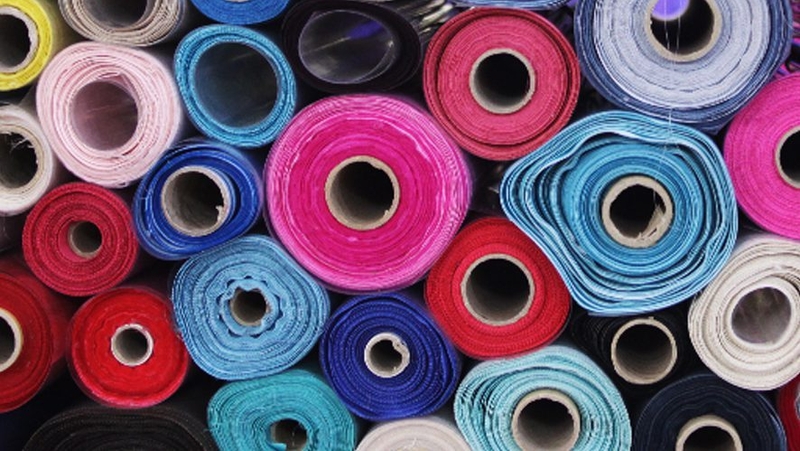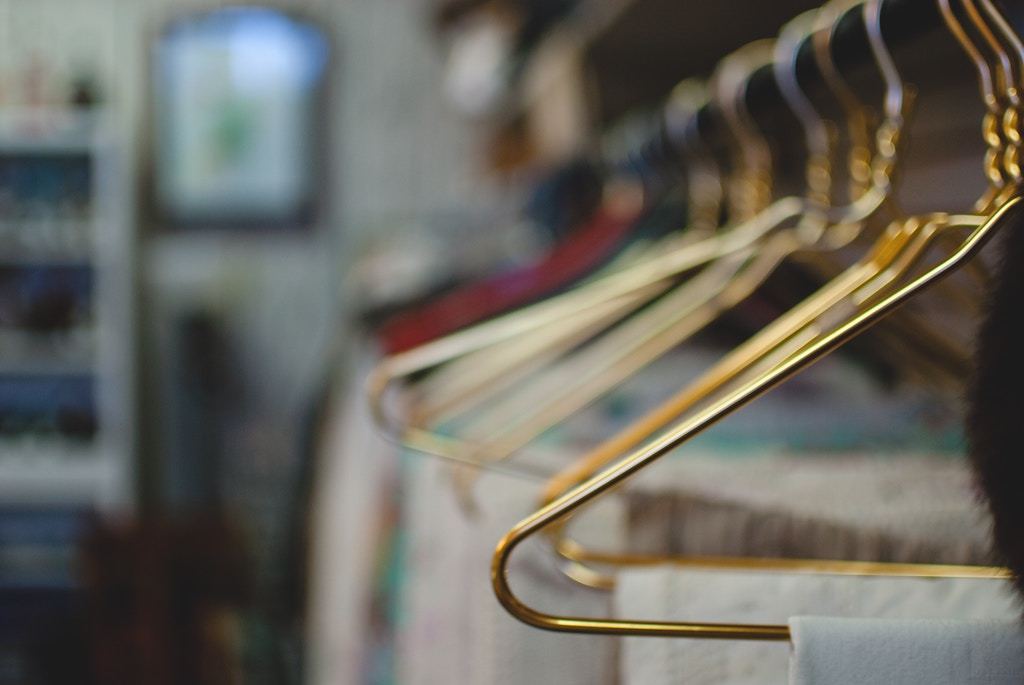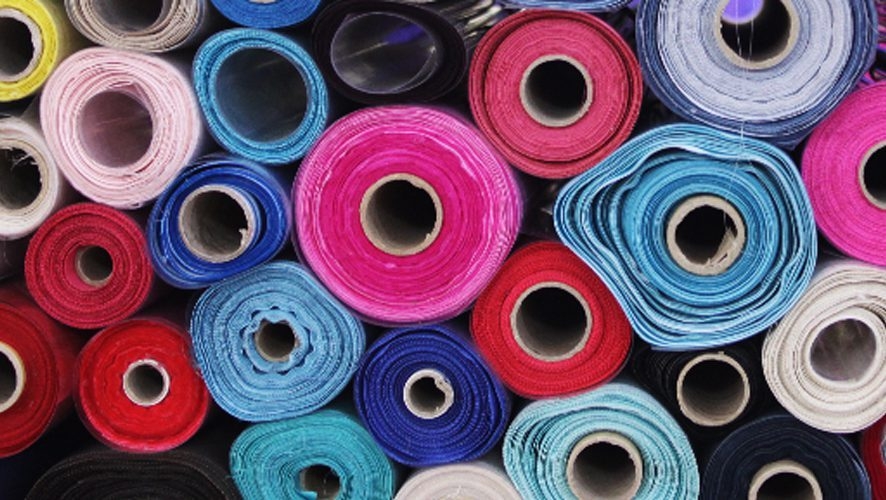Manchester University takes an in-depth look at the state of the high street
It’s hard to avoid the neon red allure of 50% sales on the high street during January. For the next month, a quick foray down Market Street could lead to a shopping splurge of epic proportions. Even since we adopted the American 'Black Friday' – and continue to indulge in Christmas shopping and the Boxing Day sales - the temptation to buy things we may or may not need is close to unavoidable.
Yet shopper’s guilt is more than just about spending too much money. The University of Manchester is urging shoppers to revaluate their purchasing habits especially when concerning the environmental impact of fast fashion. Marred with both fair trade and environmental scandal, the fashion industry continually finds itself in an ethical conundrum, balancing high consumer demands for new trends with fast production schedules and low budgets. It’s enough to put you off your new bargain Zara jacket.
Although it’s a dampener on any pending shopping trips, Patsy Perry, Senior lecturer in fashion marketing at The University of Manchester, has outlined reasons you may want to re-think your next purchase.
FAST FASHION
Unlike more high quality premier brands, fast fashion focuses on speed and low cost in order to deliver frequent new collections inspired by catwalk looks or celebrity styles. This, Manchester University say is particularly bad for the environment ‘as pressure to reduce cost and the time it takes to get a product from design to shop floor means that environmental corners are more likely to be cut. Criticisms of fast fashion include its negative environmental impact, water pollution, the use of toxic chemicals and increasing levels of textile waste’.
VIBRANT COLOURS
‘Vibrant colours, prints and fabric finishes are appealing features of fashion garments, but many of these are achieved with toxic chemicals,' explains Perry. 'Textile dyeing is the second largest polluter of clean water globally, after agriculture. Greenpeace’s recent Detox campaign has been instrumental in pressuring fashion brands to take action to remove toxic chemicals from their supply chains, after it tested a number of brands’ products and confirmed the presence of hazardous chemicals. Many of these are banned or strictly regulated in various countries because they are toxic, bio-accumulative (meaning the substance builds up in an organism faster than the organism can excrete or metabolise it), disruptive to hormones and carcinogenic.’
...when polyester garments are washed in domestic washing machines they shed microfibers that add to the increasing levels of plastic in our oceans.

POLYESTER
‘Polyester is the most popular fibre used for fashion but when polyester garments are washed in domestic washing machines they shed microfibers that add to the increasing levels of plastic in our oceans,' Perry warns. 'These microfibers are minute and can easily pass through sewage and wastewater treatment plants into our waterways, but because they do not biodegrade, they represent a serious threat to aquatic life. Small creatures such as plankton eat the microfibres, which then make their way up the food chain to fish and shellfish eaten by humans.'
COTTON
You'd be hard pressed to find a wardrobe without a cotton garment, however Perry urges customers to think about switching to more organic, ethically sourced alternatives. She explains: 'The devastating impact of toxic chemical use in agriculture for growing cotton was shown in a documentary called The True Cost, including the death of a US cotton farmer from a brain tumour and serious birth defects in Indian cotton farmers’ children. Cotton growing requires high levels of water and pesticides to prevent crop failure, which can be problematic in developing countries that may lack sufficient investment and be at risk of drought. Most cotton grown worldwide is genetically modified to be resistant to the bollworm pest, thereby improving yield and reducing pesticide use. They often need to be treated with more toxic pesticides that are harmful to livestock and humans.'
...three-quarters of Britons throw away unwanted clothing, rather than donating or recycling it.

TEXTILE WASTE
'Increasing disposable income levels over recent generations means there is less need to “make do and mend”, as it’s often cheaper and more convenient to buy new than have an item repaired. Busy lifestyles make many people more time-poor than previous generations, and with the loss of sewing and mending skills over time, there is less impetus to repair our garments. The rise of supermarket fashion that can be purchased alongside the weekly shop and the regular occurrence of seasonal sales make clothing seem 'disposable', in a way it didn’t used to be.
There is interest in moving towards a more circular model of textile production which reuses materials wherever possible, yet current recycling rates for textiles are very low. Despite a long-established national network of charity shops and increasing numbers of in-store recycling points in UK high street stores, three-quarters of Britons throw away unwanted clothing, rather than donating or recycling it.'
The silver lining: How can we improve our shopping habits?

- Choose an eco-friendly fabric
'Choosing an eco-friendly fabric is complex as there are pros and cons to all fibre types. Garments which are labelled as being made from natural fibres are not necessarily better than synthetic, as fibre choice is only one part of a complex picture. Fibres still have to be spun, knitted or woven, dyed, finished, sewn, and transported – all of which have different environmental impacts. For example, choosing organic fabrics is better than choosing non-organic fabrics in terms of the chemicals used to grow the fibres, but organic cotton still requires high amounts of water and the impacts of dyeing it are higher than the impacts of dyeing polyester'.
- Recycle
'Recycled content is often best of all, as it reduces the pressure on virgin resources and tackles the growing problem of waste management'.
- Research
'The Love Your Clothes initiative from the charity WRAP gives information for consumers on each stage of the purchase process, from buying smarter, to caring for and repairing items, to up-cycling or customisation, and finally responsible disposal. Ultimately, the best thing we can do is to keep our clothing in use for longer – and buy less new stuff.'
Read the full report on here






